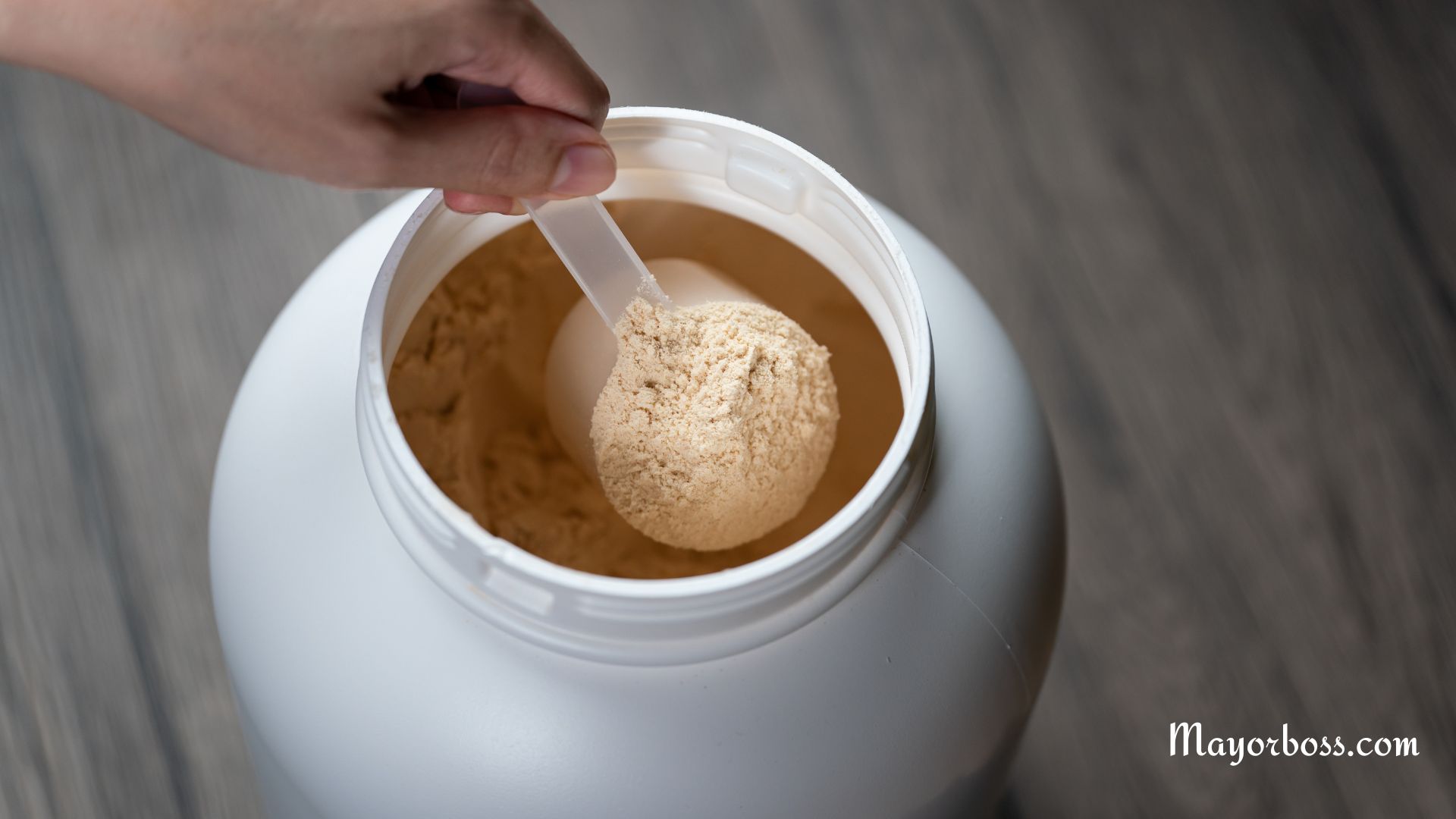Creatine: What It Does, Benefits, Supplements, and Side Effects
Creatine is a well-known supplement that’s especially popular among people who do a lot of physical training, like athletes and gym enthusiasts. Let’s explore what creatine is, how it helps, the right way to use it, and what side effects it might have.

What is Creatine and What Does It Do?
Creatine is a substance that’s naturally part of your muscle cells. It’s crucial for helping your muscles make energy, especially during activities that require a lot of strength or quick bursts of energy. Your body makes some creatine, and you also get it from eating foods like fish and meat.
How Creatine Works in Your Body
When you consume creatine, it boosts a substance in your muscles called phosphocreatine. This is important for making a form of energy called adenosine triphosphate (ATP), which your cells need for all their activities. ATP gets used up quickly during exercise, and creatine helps make more ATP so that you can exercise harder and for longer periods.
Benefits of Creatine
1. Increases Muscle Strength and Size
One of the main reasons people use creatine is because it can help you build more muscle. It does this by helping build new muscle fibers and drawing water into your muscle cells, making them bigger.
2. Supports High-Intensity Workouts
Since creatine supplies energy for quick and intense bursts of activity, it’s particularly beneficial for improving performance in high-intensity, short-duration exercises like sprinting and weight lifting.
3. Accelerates Muscle Recovery
Creatine supplementation can also aid in muscle recovery after exercise. It may help reduce muscle cell damage and inflammation following exhaustive exercise, speeding up recovery time.
4. May Offer Cognitive Benefits
Some research suggests that creatine might also have cognitive benefits, particularly in situations requiring quick thinking or under conditions of mental fatigue.
Taking Creatine Supplements
Types of Creatine Supplements
The most common and well-researched type is creatine monohydrate. It’s affordable and well-supported by experts. There are other forms, like creatine ethyl ester or creatine hydrochloride, but they aren’t as well-studied.
How to Take Creatine
The typical dosage is 3–5 grams per day. You can take it every day, and timing isn’t crucial, although some people prefer to take it close to their workout time.
Starting with a Loading Phase
Some people begin by taking a higher dose, like 20 grams per day for a week, and then reduce to the normal daily amount. This can quickly increase the creatine in your muscles but isn’t strictly necessary.
Side Effects of Creatine
1. Weight Gain
The most common side effect is weight gain due to water retention in the muscles, which is temporary.
2. Digestive Issues
Taking too much creatine at once can lead to stomach pain, nausea, or diarrhea.
3. Kidney and Liver Concerns
There have been concerns about kidney and liver damage, but research has shown that creatine is generally safe for long-term use in healthy individuals. However, if you have pre-existing liver or kidney issues, talk to your doctor first.
4. Dehydration
Creatine may increase the risk of dehydration because it draws more water into your muscles. It’s important to drink plenty of water when taking this supplement.
5. Muscle Cramps
Some people report muscle cramping, although research doesn’t strongly support this.
6. Allergic Reactions
Rarely, some individuals might experience allergic reactions to creatine supplements.
In Summary
Creatine is a widely used and researched supplement that offers several benefits, particularly for those doing intense physical activity. It’s important to keep yourself hydrated and check with a healthcare professional before starting creatine, especially if you have kidney or liver problems. While there are a few side effects to watch out for, creatine is generally safe and effective when used correctly.
